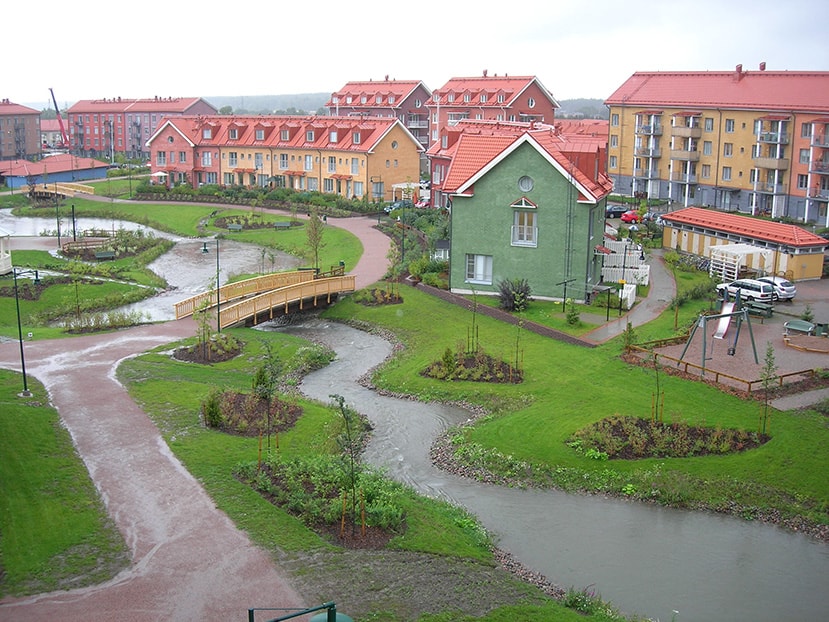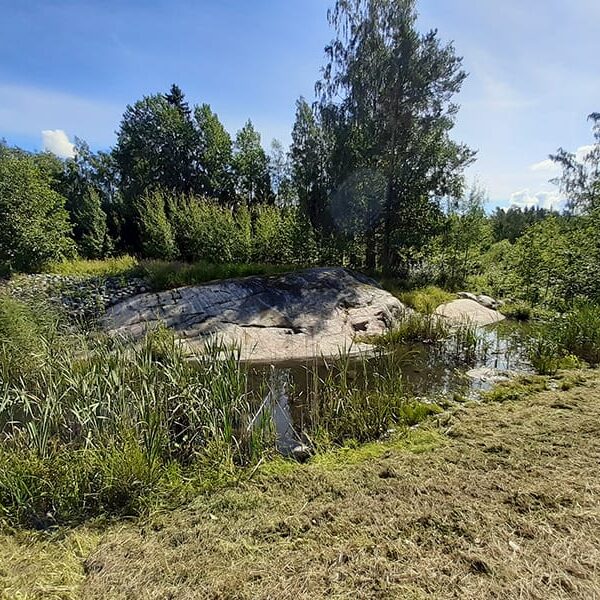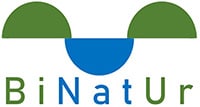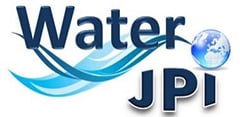Cities are complex social-ecological-technological systems (SETS)¹. Urban water networks provide a good example of how their function and biodiversity have been shaped by social, ecological and technological factors. The water cycle is expected to be drastically influenced by climate change across Europe, with critical changes to water quantity, water quality, and seasonal distribution². Urban areas will be subject to reduced water quantity and quality, flash flooding, and soil erosion, among other risks³.
NBS are expected to enhance climate resilience and provide multiple benefits for society, including enhanced biodiversity and the delivery of ecosystem services. In many European cities, the implementation of NBS in aquatic ecosystems (“aquaNBS”) through the restoration or construction of small water bodies has become an important policy goal.

We propose that SETS will provide a novel and comprehensive way to analyze and then improve the complex social, ecological, and technological interactions of aquaNBS. Using SETS as a conceptual framework, we test the general hypothesis that social actors (planning and valuing aquaNBS, socio-economic factors), ecological attributes of aquaNBS and surrounding environment (freshwater habitat and organisms), and technological realities (built environment, infrastructure, technology in NBSs) are the key drivers that determine biodiversity (BD) and ecosystem services (ES) of aquaNBS. As such, improving the effectiveness of aquaNBS in cities will require modification of these variables. BiNatUr will explicitly focus on four main research questions:
- How are biodiversity and ES of aquaNBS mediated by social, ecological, and technological factors?
- Does this vary among cities in different regions of Europe?
- How does biodiversity influence the regulating ES provided by aquaNBS?
- How can urban planning effectively design, manage, and monitor the biodiversity and regulating ES of aquaNBS?

Literature
- McPhearson, T., Haase; D., Kabisch, N. and Gren, Å. 2016. Advancing understanding of the complex nature of urban systems. Ecological Indicators 70, 566-573
- 2. Lin, B., Ossola, A., Ripple, W., Alberti, M., Andersson, A. et al. Cities and the “new climate normal”: Ways forward to address the growing climate challenge. The Lancet Planetary Health.
- Egerer, M., Haase, D., McPhearson, T., Frantzeskaki, N., Andersson, A., Nagendra, H. & Ossola,A. 2021. Urban change as an untapped opportunity for climate adaptation. npj Urban Sustainability 1, 22.

Project funders:
This research was funded through the 2020-2021 Biodiversa and Water JPI joint call for research projects, under the BiodivRestore ERA-NET Cofund (GA N°101003777), with the EU and the funding organisations The Research Foundation - Flanders (FWO), Belgium; Academy of Finland (AKA), VDI/VDE-IT, Germany; National Science Center (NCN), Poland and Fundação para a Ciência e Tecnologia (FCT), Portugal

